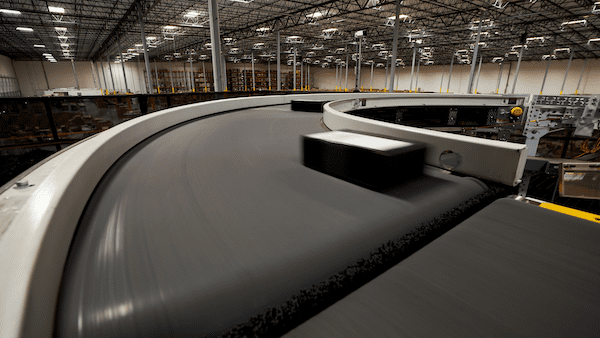Protecting Electronic Supply Chains in an Uncertain World
After years of pandemic disruption, the supply chain for electronic components is bouncing back. The key to future success hinges on our ability to apply what we learned during the pandemic to build dynamic supply chains that can weather the storms to come.

Pandemics, natural disasters, and wars, plus labor and electronic components shortages, add up to big challenges for manufacturers and technology businesses. Companies must be resilient and ready for the unexpected. That means everything from building in redundancies and maintaining a backstock of critical supplies, to revisiting legacy projects to keep business practices current and on track.
As we move through the post-pandemic recovery period, rebuilding customer trust and confidence in the global supply chain and the economy is a priority. Before and during the pandemic, supply chains were like dominos. If one thing goes wrong, the whole row goes down. Even as we see the supply chain normalize, small issues can set off a cascade of effects with enormous implications. Part of moving forward includes new processes that share supply chain analytics with customers so they can determine what’s a momentary disruption and what’s a larger, long-term trend.
Planning for uncertainty includes processes that anticipate potential disasters, shortages, and technological and regulatory changes, all of which could impact the availability of materials and components. To build truly resilient yet dynamic supply chains, many forces must be considered, namely exponential supply and demand patterns; materials, components, and commodity shortages; the economy and how pricing impacts consumer behavior; and labor trends.

After a few harrowing years, the supply chain for electronic materials is bouncing back.
Balancing supply and demand
In a perfect world, supply and demand sync up evenly. But in the real world, often one outpaces the other. Scarcity affects the ability to produce goods and make profits, and no business likes to turn away customers. On the flip side, oversupply can quickly eat through a business’ bottom line. Issues like where to store the overstock, how to sell it and make a profit, and how to forecast future demand for the inventory cause headaches up and down the supply chain.
Pockets of exponential demand will continue to exist, as will moments of oversupply. Both need to be built into forecasts to help stakeholders better manage inventory.
Materials shortages
Materials such as lithium and cobalt are in high demand but low supply. Forces like tariffs, regulations, and variable pricing on these commodities impact the supply chain. However, “necessity is the mother of invention,” and the trend to miniaturize the package design of nearly every electronic device is reducing the quantity of materials needed without sacrificing the capability of the end product. Necessity will likely produce some exciting new technologies.
Labor Shortages
As the baby boomers retire, a skilled labor shortage is impacting production around the world. Combined with lower birth rates in the developed world, hiring issues are already affecting companies, particularly with engineering roles. By 2030, Japan in is expected to have 270,000 artificial intelligence and IoT jobs that it will be unable to fill. The rise of IoT and connectivity means even more engineers and IT professionals are needed.

DigiKey recently opened a new Product Distribution Center expansion (PDCe) to keep pace with growing demand.
Planning for future production
One way to meet the increased demand for electronic parts is to increase production. But massive shifts in production take time. Semiconductor fabs take years to build and then, even longer to produce the needed silicon parts. A facility that started three years ago could still be struggling to produce material. To be truly dynamic, economies and companies must project far into the future and have plans in place to meet upcoming needs.
For example, DigiKey is investing in supply chain innovations that will serve future needs, opening a 2.2 million square foot (204,400 square meter) product distribution center expansion to keep pace with growing demand. DigiKey’s online Marketplace enables manufacturers and distributors to sell products through DigiKey, while shipping from the supplier. With 3.38 million active SKUs through this platform, when supply is tight, this additional resource is another way to ease supply chain tensions. The company also launched a cross-reference tool to ensure customers can find parts in a timely manner. It’s initiatives like these that will help end-users’ supply chains be dynamic.
Like this article? Check out our other distribution and manufacturing articles, our Datacom Market Page articles, and our 2023 and 2022 Article Archive.
Subscribe to our weekly e-newsletters, follow us on LinkedIn, Twitter, and Facebook, and check out our eBook archives for more applicable, expert-informed connectivity content.
- The Future of Agriculture will be More Sustainable, Connected Than Ever - August 8, 2023
- Protecting Electronic Supply Chains in an Uncertain World - May 23, 2023





